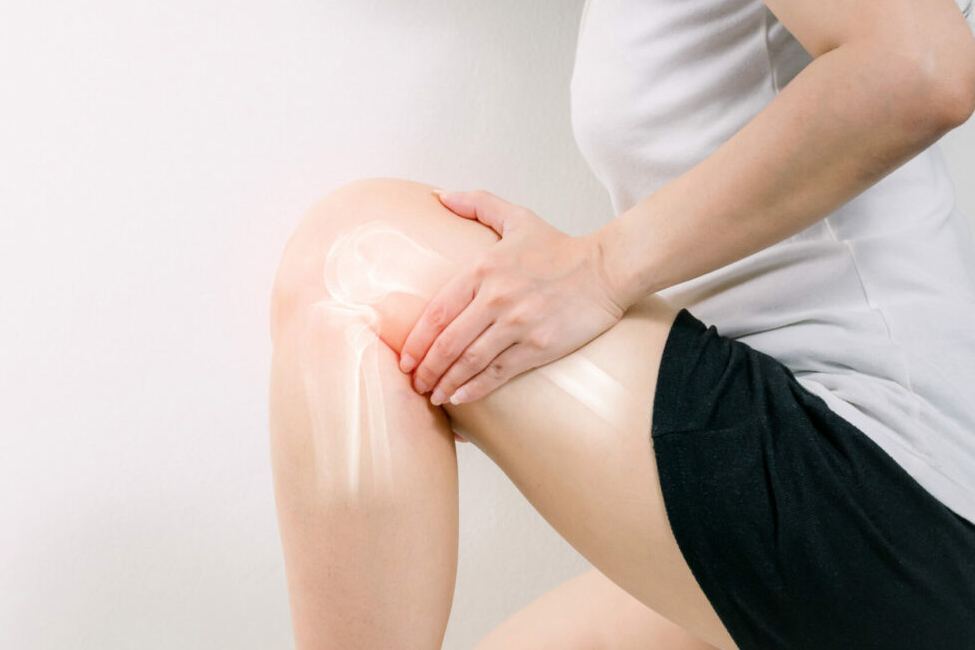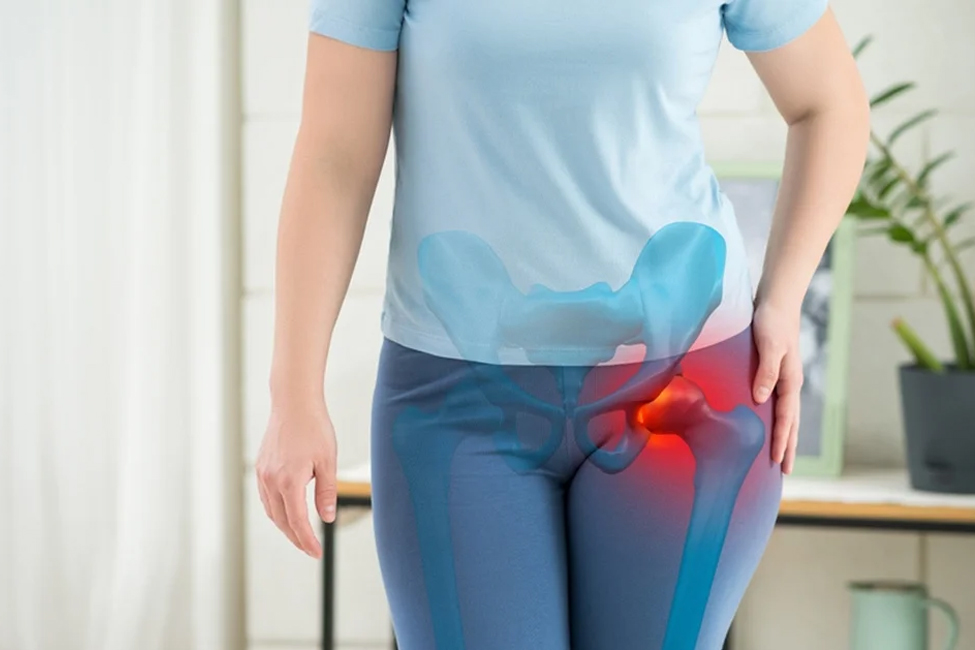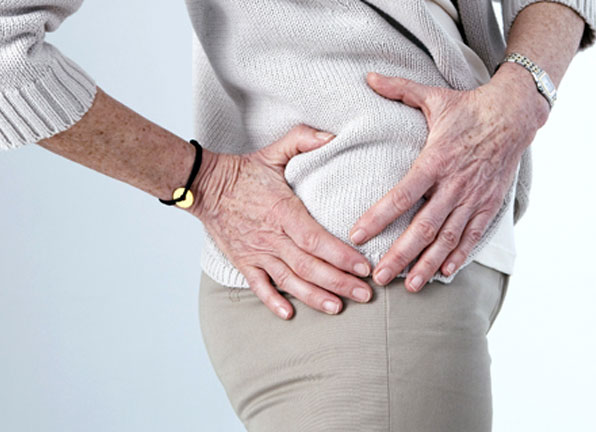Hip Osteonecrosis: Causes, Symptoms, Treatment, and Prevention
What is Hip Osteonecrosis?
Hip osteonecrosis, also known as avascular necrosis or aseptic necrosis, is a condition characterised by the death of bone tissue in the hip joint due to a lack of blood supply, leading to joint deterioration.
Type of Hip Osteonecrosis
Osteonecrosis can be classified based on the underlying cause, including:
- Traumatic: Resulting from hip injuries or fractures that disrupt blood supply to the bone.
- Non-Traumatic: Occurs without a specific injury, often linked to conditions like excessive steroid use, alcoholism, clotting disorders, or systemic diseases.
How Common is Hip Osteonecrosis?
While not as prevalent as some other hip conditions, hip osteonecrosis can affect individuals of various ages. Its occurrence varies based on underlying causes and risk factors such as trauma, steroid use, or certain medical conditions.
Causes of Hip Osteonecrosis
The causes of hip osteonecrosis, or avascular necrosis, involve the interruption of blood supply to the bone, leading to bone tissue death. Several factors can contribute to this condition:
- Trauma: Hip injuries, dislocations, or fractures can directly damage blood vessels, disrupting the blood supply to the bone.
- Steroid Use: Prolonged or high-dose steroid treatments can affect blood vessels, increasing the risk of osteonecrosis.
- Medical Conditions: Certain medical conditions or treatments, such as clotting disorders, sickle cell disease, lupus, or radiation therapy, may affect blood circulation, leading to osteonecrosis.
- Alcoholism: Excessive alcohol consumption may affect the blood supply to the bones, contributing to osteonecrosis.
- Other Factors: Joint dislocation, excessive pressure on the bone, and certain medications can also contribute to disrupting blood flow and causing osteonecrosis.
Symptoms of Hip Osteonecrosis
Symptoms of hip osteonecrosis, or avascular necrosis, often include:
- Hip Pain: Initially, mild or intermittent hip pain, which progresses to more persistent and severe discomfort over time.
- Groin Pain: Pain in the groin area that may radiate down the thigh, worsening with movement or weight-bearing activities.
- Reduced Mobility: Stiffness or limited range of motion in the hip joint, leading to difficulty in walking or performing regular activities.
- Joint Instability: Some individuals might experience a feeling of joint instability or weakness in the affected hip.
- Audible Sounds: Clicking, popping, or grinding sensations (crepitus) within the hip joint during movement.
Diagnosis of Hip Osteonecrosis
Diagnosing hip osteonecrosis typically involves several steps:
Medical History and Physical Examination
The orthopaedic specialist will discuss symptoms and medical history and perform a physical examination to evaluate hip mobility, discomfort, and joint stability.
Imaging Tests
Various imaging techniques help confirm the diagnosis and assess the extent of bone damage:
- X-rays: Provide detailed images of the affected hip joint, indicating changes in bone structure that might suggest osteonecrosis.
- MRI (Magnetic Resonance Imaging): Produces detailed images of the affected area, providing a clearer view of bone and soft tissue changes, and aiding in the diagnosis.
- Blood Tests: Although not specific to osteonecrosis, blood tests might be done to rule out other conditions or diseases that could contribute to bone tissue death.
Bone Scan
Sometimes, a bone scan may be conducted to determine the extent and location of the affected bone tissue.
Complications of Hip Osteonecrosis
Complications associated with hip osteonecrosis can be significant and may include:
- Joint Degeneration: Osteonecrosis can progress, leading to joint damage and degeneration, ultimately resulting in severe arthritis in the affected hip.
- Chronic Pain: Continued deterioration of the hip joint can cause chronic pain, affecting mobility and reducing the quality of life.
- Joint Deformity: In advanced stages, hip osteonecrosis might lead to joint deformity, bone collapse, or bone spurs, further impacting joint function and causing increased pain.
- Limited Mobility: As osteonecrosis progresses, it can severely limit mobility, requiring assistive devices or modifications to maintain independence.
- Joint Replacement: In severe cases, hip osteonecrosis may necessitate hip replacement surgery to relieve pain and restore functionality.
Treatment Options for Hip Osteonecrosis
Treatment for hip osteonecrosis, also known as avascular necrosis, depends on the stage and severity of the condition. Treatment options may include:
Medications
Medications, such as pain relievers or anti-inflammatory drugs, can help manage pain and reduce osteonecrosis-related inflammation.
Core Decompression
This surgical procedure involves drilling one or more holes into the affected area of the hip bone to reduce pressure and promote the formation of new blood vessels to support healing.
Osteotomy
Surgical realignment or reshaping of the bone to shift weight away from the affected area and preserve a healthier portion of the hip joint.
Bone Grafting
Transplanting healthy bone tissue to support the damaged bone facilitates healing.
Total Hip Replacement (THR)
In severe cases where the hip joint is significantly damaged, joint replacement surgery may be recommended to replace the damaged hip joint with an artificial one.
Preventing Hip Osteonecrosis
Preventing hip osteonecrosis, or avascular necrosis, involves minimising potential risk factors and promoting overall joint health:
- If possible, minimise prolonged or high-dose steroid treatments, which can impact blood vessels and increase the risk of osteonecrosis.
- Limiting excessive alcohol intake can affect the blood supply to the bones and contribute to osteonecrosis.
- Taking precautions to prevent hip injuries, dislocations, or fractures that could disrupt blood supply to the bone.
- A balanced diet, regular exercise, and maintaining a healthy weight contribute to overall joint health and potentially reduce the risk of osteonecrosis.
- Managing medical conditions or treatments that may affect blood circulation, such as clotting disorders or chronic steroid use, to minimise their impact on bone health.
Living with Hip Osteonecrosis
Living with hip osteonecrosis, or avascular necrosis, can be challenging, but several strategies can help manage the condition and improve quality of life:
- Follow the prescribed treatment plan provided by your orthopaedic specialist, which may include medication, physical therapy, or surgery.
- Use prescribed pain medications or other strategies orthopaedic specialists recommend to manage hip pain and discomfort.
- Encourage recommended exercises or physical therapy to strengthen muscles and maintain hip joint flexibility.
- Utilise canes or other assistive devices to reduce pressure on the hip joint and aid mobility, if needed.
- Maintain a balanced diet, manage weight, and avoid activities that exacerbate hip discomfort.
- Attend scheduled medical appointments for routine check-ups and to monitor any changes in symptoms.
Hip osteonecrosis is characterised by the death of bone tissue in the hip joint due to a lack of blood supply. Understanding its symptoms, causes, and available treatments is crucial for managing its impact on an individual’s quality of life.
For personalised evaluation, expert guidance, and tailored treatments specific to hip osteonecrosis, consider seeking an appointment with The Orthopaedic Practice and Surgery Clinic. Our specialized team can offer individualised assessments and effective strategies to address hip joint concerns, ultimately improving joint health and enhancing your overall well-being.
Don’t let hip osteonecrosis limit your lifestyle—schedule an appointment today with The Orthopaedic Practice and Surgery Clinic for specialised care and guidance tailored to your joint health needs.










